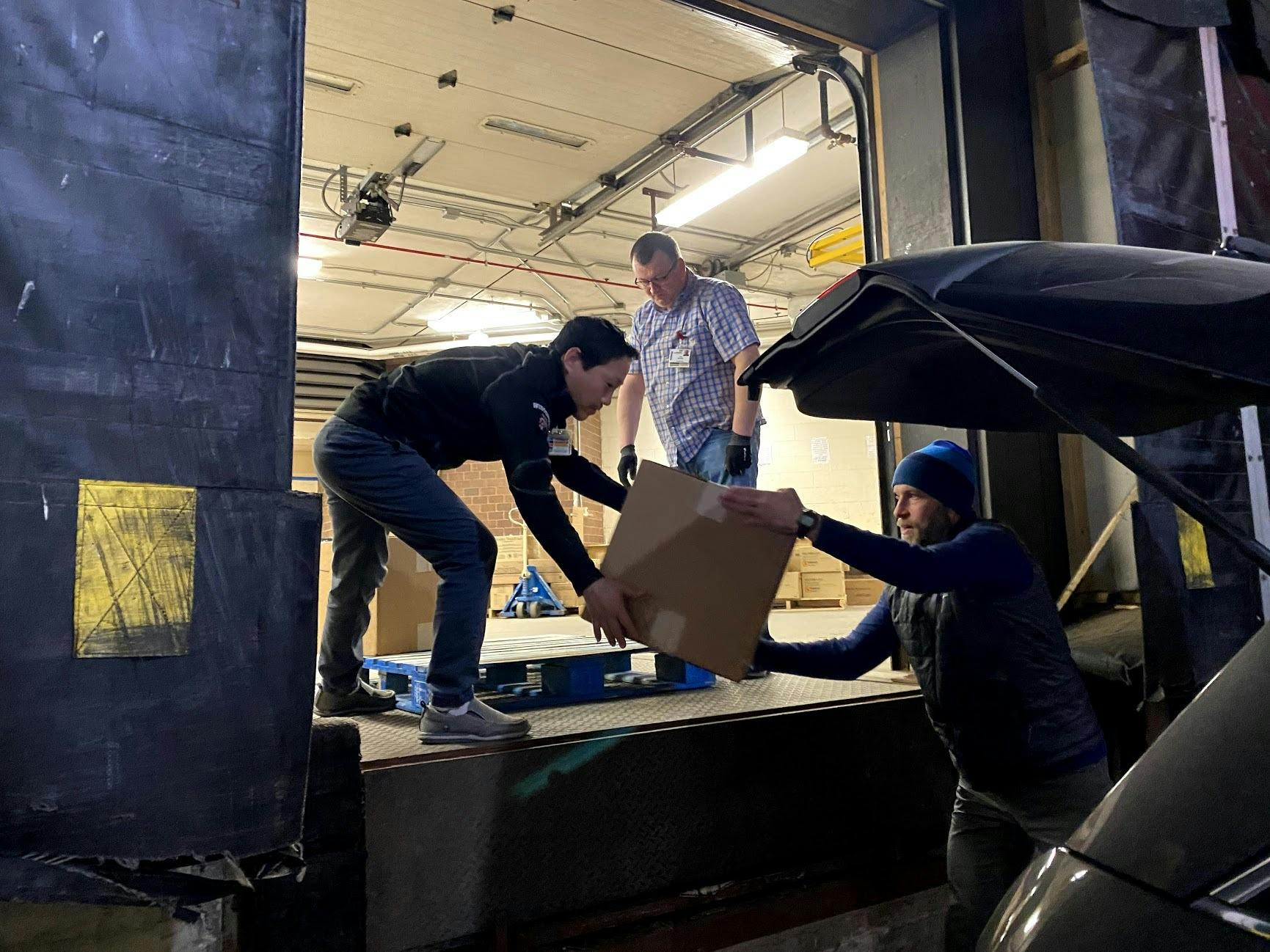Operation #BadgerShield
Since we posted a blog post talking about how the Open Source Face Shield project had started to supply the University of Wisconsin hospitals with this critical personal protection equipment (PPE), our team has had little time to breathe.
Operation #BadgerShield
Let's build something together.
Three Principles for More Human, Solution-Focused, Fair, and Inclusive Design
Designers have a responsibility to design a world that all want to live in. Here are three principles that can help us navigate the complexities of design decision-making and truly achieve design success.
Read more
Building an MVP app in just eight weeks
In the spring of 2020, as the COVID-19 pandemic forced us to work apart, Delve’s leadership launched an internal pitch competition.
Read more
Inspiration Index 11-17-20
Since Covid, "water cooler" chats at Delve's three offices are now largely happening on Microsoft Teams, where we're sharing what we're reading and listening to with each other. We're compiling some of the best nuggets into what we're calling an "Inspiration Index," that we'll share on a regular basis. We hope you discover something that will inspire - or at least intrigue - you.
Read more
Inspiration Index 10-13-20
Since Covid, "water cooler" chats at Delve's three offices are now largely happening on Microsoft Teams, where we're sharing what we're reading and listening to with each other. We're compiling some of the best nuggets into what we're calling an "Inspiration Index," that we'll share on a bi-weekly basis. We hope you discover something that will inspire - or at least intrigue - you.
Read more
Inspiration Index 9-25-20
Since Covid, "water cooler" chats at Delve's three offices are now largely happening on Microsoft Teams, where we're sharing what we're reading and listening to with each other. We're compiling some of the best nuggets into what we're calling an "Inspiration Index," that we'll share on a bi-weekly basis. We hope you discover something that will inspire - or at least intrigue - you.
Read more
The gift that keeps on giving
I had a manager who gave me the book “Feedback is a Gift.” At the time, it didn’t feel like much of a gift – mostly because her method for feedback was, well, constant. But her heart was in the right place.
Read more
